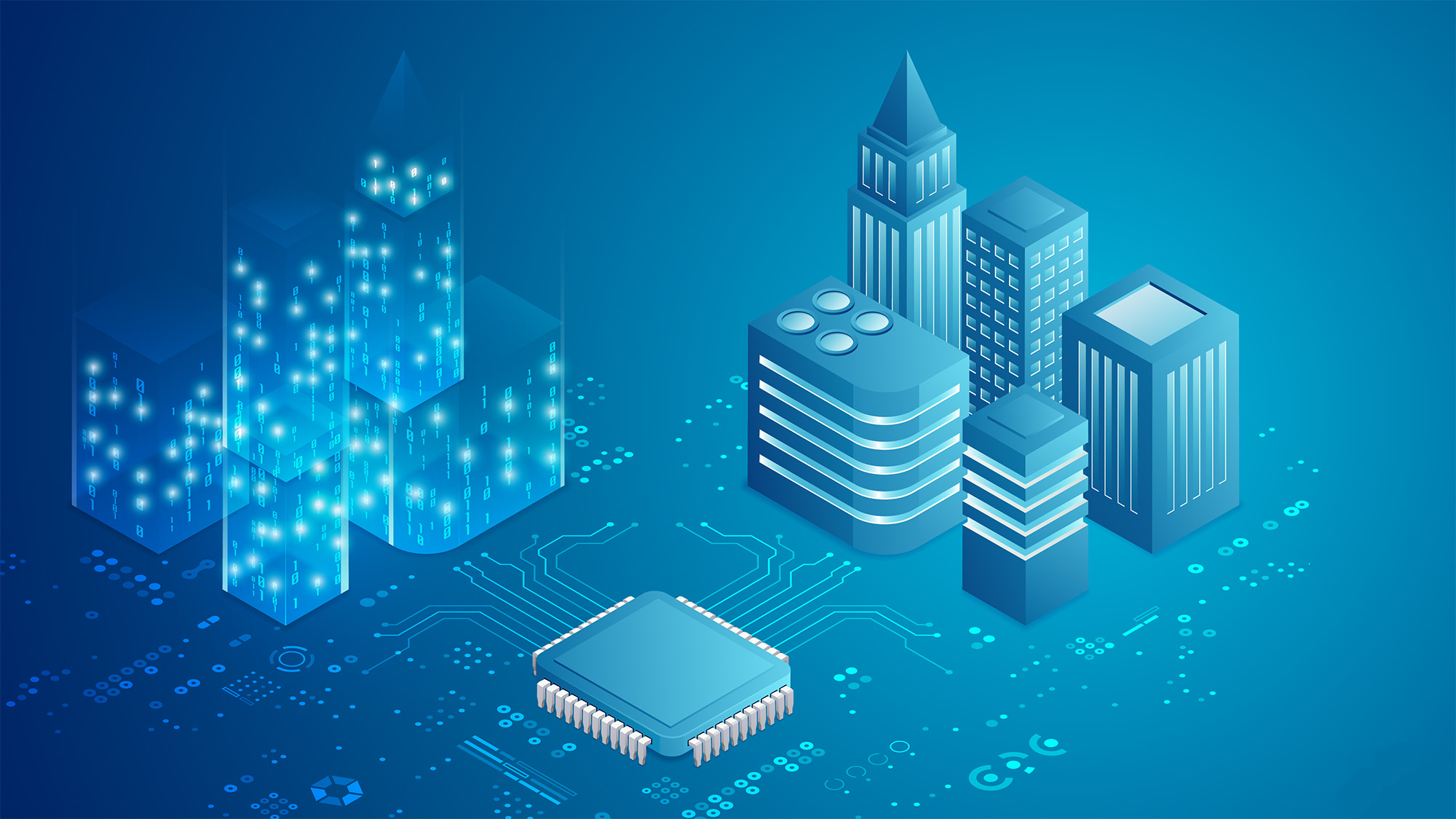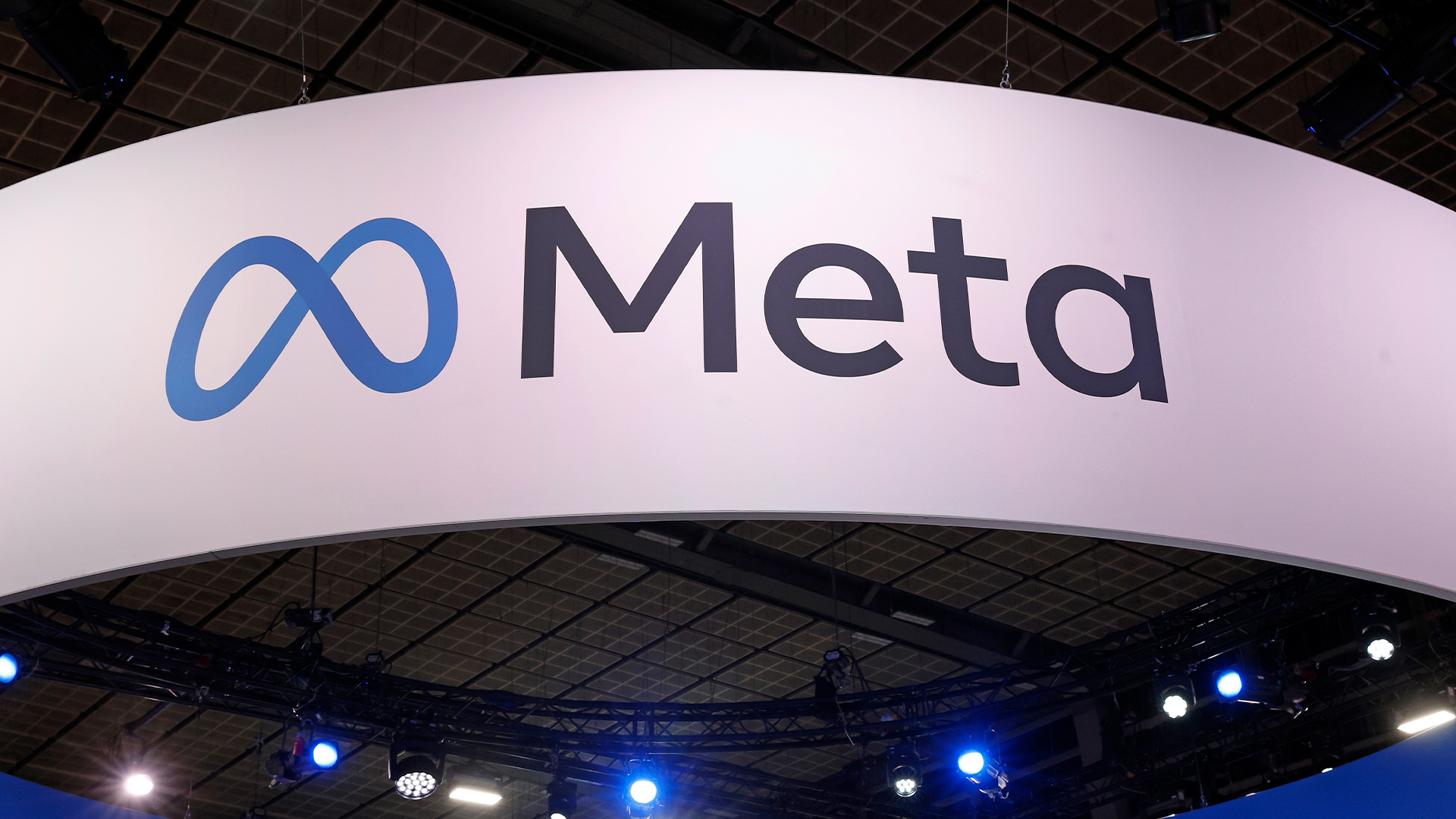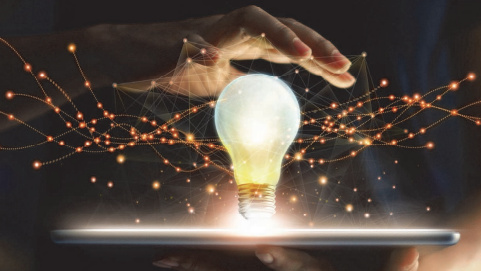Does your business need a digital twin?
Developing a digital twin for your business could open a new era in connectivity, profitability and ensures your company is post-COVID ready


The trade association techUK describes digital twins as relevant and virtual representations of the makeup and behaviour of physical or non-physical entities with functional real-world output.
These are often based on cities or physical and manufacturing environments, although all businesses can create a digital twin for certain processes to help deliver commercial and resource-based efficiencies. Digital twins might help businesses innovate, streamline processes, and deliver better products and services to customers.
Digital twins comprise technologies including sensors to gather data, communication channels, and analytical models - including simulations and visualisations - to influence the physical entity based on what we can glean from the digital twin.
With businesses hoping to move beyond the hardships of the pandemic to meet the needs of their customers, old and new, it’s essential that they continue to innovate at a considerable pace. With digital transformation, too, having been reimagined and rethought, many are looking at whether there’s any payoff in incorporating digital twin models. These might offer the means to streamline processes and experiment with technologies such as 5G, the internet of things (IoT), and artificial intelligence (AI). The widely discussed ‘Industry 4.0’ trend - and the way businesses are expected to adopt the aforementioned technologies - is seen as a primary doorway for implementing digital twins, with more and more manufacturers engaging in these virtual models.
In its research on digital twins, Deloitte points to how these systems can enhance decision-making: “Digital twins can profoundly enhance an enterprise’s ability to make proactive, data-driven decisions, increasing efficiency and avoiding potential issues,” the report says. “And they can make it possible to experiment with the future by exploring what-if scenarios safely and economically.”
The director of research and innovation at mobile connectivity R&D firm InterDigital, Gaël Seydoux, adds that the HR and training divisions might be ideal candidates for any business to launch digital twin projects. “One of the most promising use cases of digital twin technology is in creating virtual agents for training and HR purposes,” he says. “Mass remote working means training will become increasingly virtual and ensuring digital agents can operate and interact with employees in a personable way is imperative to ensure the quality of training doesn’t decrease.”
The practical benefit that a digital twin can deliver to a business is continuous intelligence. As data pours into a company from expanding technologies such as IoT, using this information to drive strategic planning is now a commercial imperative no enterprise can ignore.
Get the ITPro daily newsletter
Sign up today and you will receive a free copy of our Future Focus 2025 report - the leading guidance on AI, cybersecurity and other IT challenges as per 700+ senior executives
Gartner points to several tech trends, including hyperautomation, AI engineering and the distributed cloud, as transformational technologies throughout 2021. All of these can connect with, and benefit from, the addition of a digital twin. The added insights a digital twin can bring to these and other technologies include improved cybersecurity and enhancing customer and employee experiences should not be underestimated.
Embracing your digital twin
RELATED RESOURCE

How upgraded server and storage platforms support digital transformation
New Dell EMC PowerStore delivers high-end enterprise storage features at midrange price point
Developing a digital twin is no quick turnaround task, though. Speaking to IT Pro, Sean Gigremosa, technical product manager, Rolls-Royce Power Systems, outlined the challenges businesses can face when embarking on developing a digital twin. "The main challenge is convincing an IT organisation that is used to thinking of things in different systems and solutions. The digital twin is really a different architectural mindset and some IT organisations do not see the value of switching to a digital twin architecture.”
Gigremosa also makes the point that having a clearly defined use case is. “The other challenge is really starting on the right use case or problem to solve with the digital twin. You have to have a starting point; you definitely don’t want to boil the ocean. Start on something small and make it a success and build on that,” he says.
With so many burgeoning technologies, business leaders can feel overwhelmed. The expanding DARQ technologies (distributed ledger, artificial intelligence, extended reality and quantum computing) show a path many enterprises want to journey down. However, implementing these technologies and embracing IoT, industrial IoT (IIoT), and 5G makes a heady mix for any CIO or CTO.
All these technologies will impact all businesses to varying degrees. Using the digital twin concept, companies can take their first steps to using them in association with the digital twin or twins they create. It's not inconceivable that most businesses will develop several digital twins, with some existing in isolation while others are fully integrated.
The future is virtual
The use of digital twins is increasingly widespread across many sectors. Twaice creates digital twins for the automotive industry, specifically electric vehicle (EV) batteries, to help vehicle manufacturers better predict battery life expectancy. In construction, Cityzenith creates virtual replicas of buildings to create more efficiency in the built environment.
In healthcare, it’s now possible to build a digital twin of a patient’s organs to help clinicians’ diagnosis. Auckland District Health Board has created a digital twin of the Auckland City Hospital to enable it to model and remotely manage the hospital's physical assets and improve how each resource is used.
Currently the digital twin concept lacks clear definitions and also standards, however. The Digital Twin Consortium is attempting to clarify and drive the concept for broader adoption. And in the built environment, the Cambridge University's Centre for Digital Built Britain (CABB) has formed a programme to create a National Digital Twin that it calls “an ecosystem of connected digital twins to foster better outcomes from our built environment”.
Mark Enzer, head of the National Digital Twin Programme, concludes digital twin initiatives are part of the digital transformation of all businesses: “Being able to get that insight from organisations developing and connecting digital twins in the here and now is incredibly important to making the National Digital Twin Programme work for all across industry, academia, and government.”
Gigremosa reiterates this more comprehensive view of how digital twins can communicate: “The value of the twin internally is good, but the greater value is when we can start connecting our twins to the twins of our customers, our suppliers’ twins and beyond. We can generate so much value and insight by having an ecosystem of twins.”
Once enough businesses have developed their digital twins, a critical mass can be reached. Connecting several twins together creates new opportunities and efficiencies can be improved, with costs reduced and customer experiences enhanced.
As the digital ecosystem expands thanks largely to IoT and the fast mobile broadband environments 5G will deliver, digital twins can be built to take full advantage of these new digital environments. Layer a digital twin onto its physical counterpart, releases the physical systems from many of its constraints.
The agility that a digital twin can deliver is discrete, but ultimately, it’s the connections that twins can make between each other that enables businesses to evolve and innovate.
David Howell is a freelance writer, journalist, broadcaster and content creator helping enterprises communicate.
Focussing on business and technology, he has a particular interest in how enterprises are using technology to connect with their customers using AI, VR and mobile innovation.
His work over the past 30 years has appeared in the national press and a diverse range of business and technology publications. You can follow David on LinkedIn.
-
 Meta just revived plans to train AI models using European user data
Meta just revived plans to train AI models using European user dataNews Meta has confirmed plans to train AI models using European users’ public content and conversations with its Meta AI chatbot.
By Nicole Kobie
-
 AI is helping bad bots take over the internet
AI is helping bad bots take over the internetNews Automated bot traffic has surpassed human activity for the first time in a decade, according to Imperva
By Bobby Hellard
-
 Untethered: How CIOs and CISOs are paving the way for the new hybrid workforce
Untethered: How CIOs and CISOs are paving the way for the new hybrid workforceWhitepaper Effective techniques to transition from exposed legacy infrastructure to an effective zero trust strategy
By ITPro
-
 Creating successful supply chain planning transformations in the consumer industry
Creating successful supply chain planning transformations in the consumer industryWhitepaper Think differently about SCP transformations and, in doing so, move into a better future for supply chains
By ITPro
-
 Healthcare’s next chapter
Healthcare’s next chapterwhitepaper Revolutionizing how you care with EPR experts you can trust
By ITPro
-
 Strategic app modernization drives digital transformation
Strategic app modernization drives digital transformationWhitepaper Modernize your applications to address business needs both now and in the future
By ITPro
-
 Delivering fast and secure digital experiences for the modern hybrid workforce
Delivering fast and secure digital experiences for the modern hybrid workforceWhitepaper A new approach to digital experience monitoring that can monitor the health of all systems
By ITPro
-
 The future of work and the forgotten workforce
The future of work and the forgotten workforcewhitepaper How to deploy a mobile-first strategy so no one gets left behind
By ITPro
-
 Building an outstanding digital experience
Building an outstanding digital experiencewhitepaper Insight into how banks and financial services organizations can deliver the digital experiences customers and employees expect
By ITPro
-
 The digital-first journey towards the future enterprise in Europe
The digital-first journey towards the future enterprise in Europewhitepaper The shift to a digital-first Europe
By ITPro